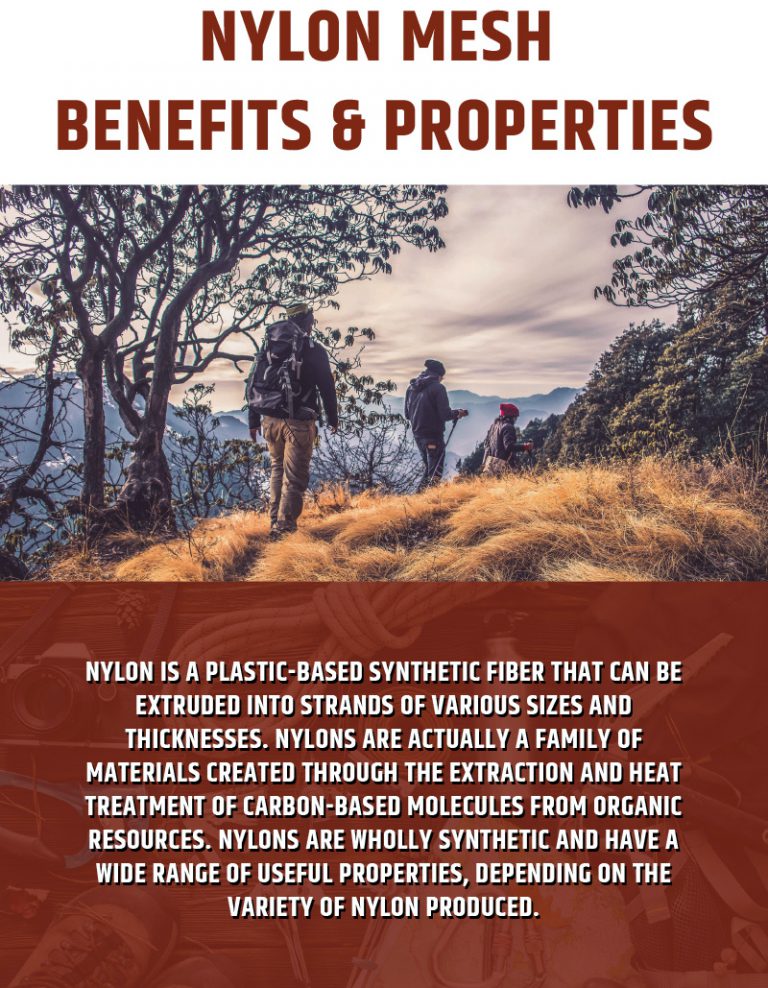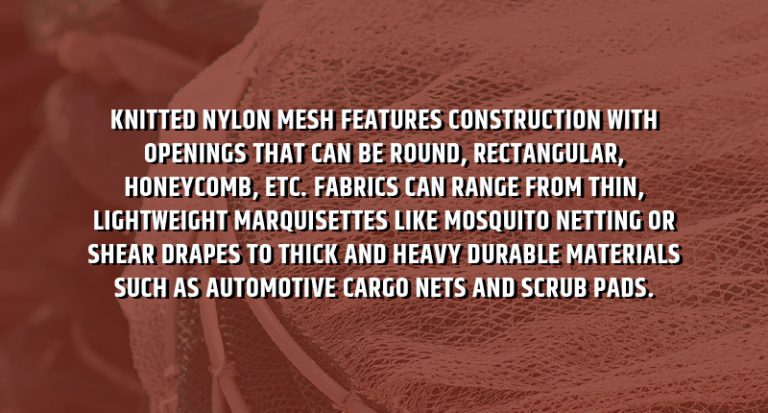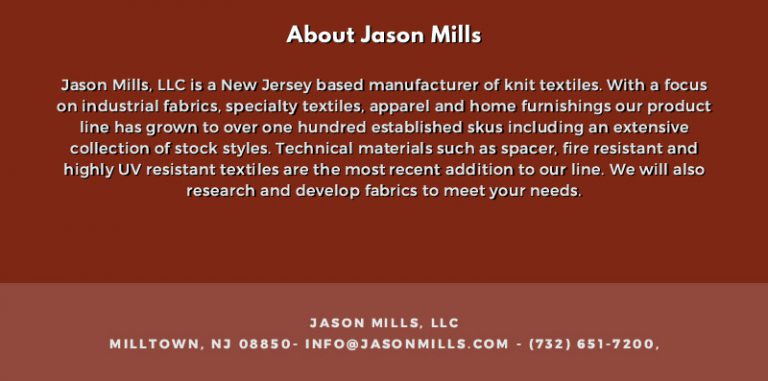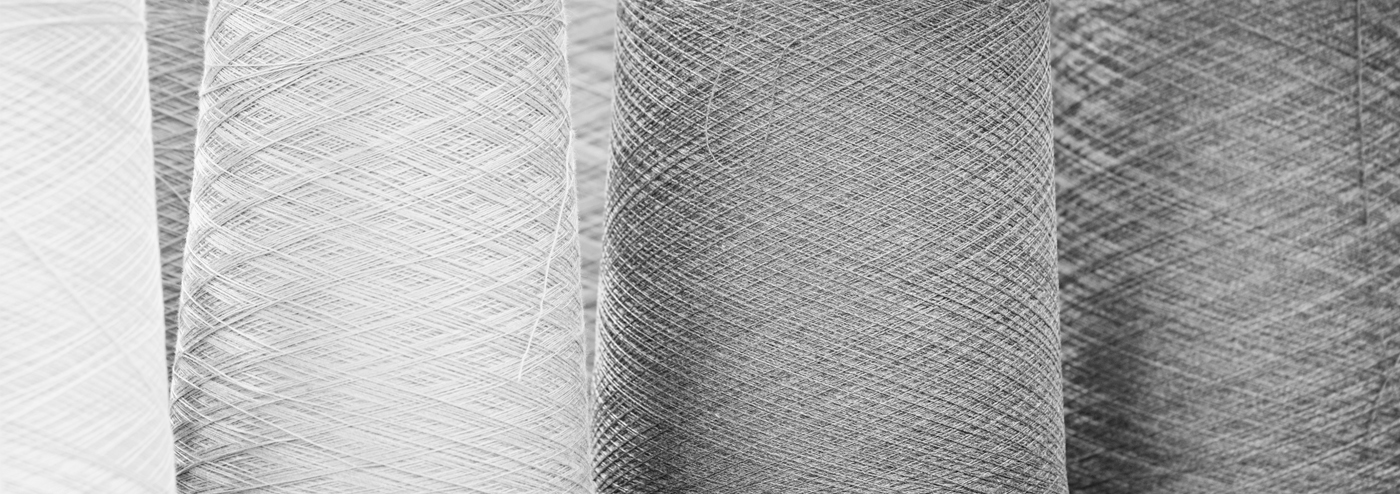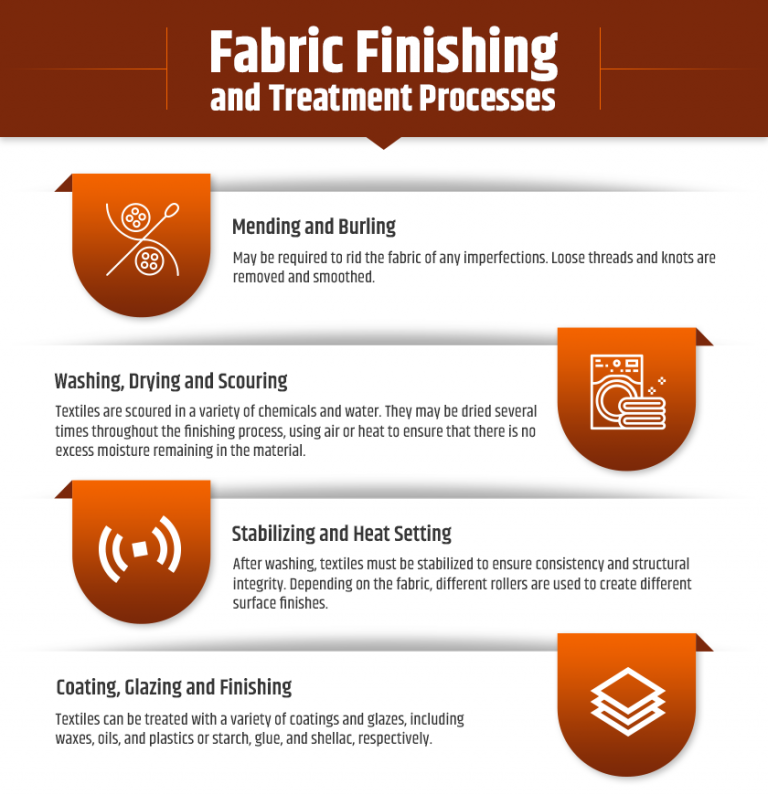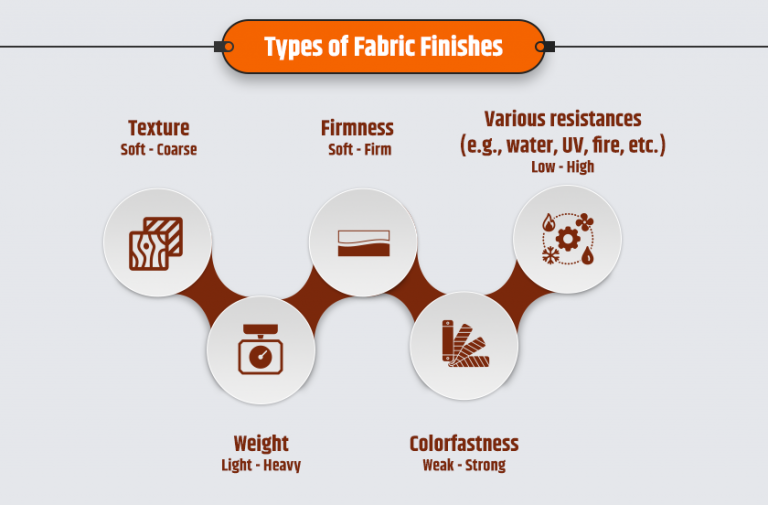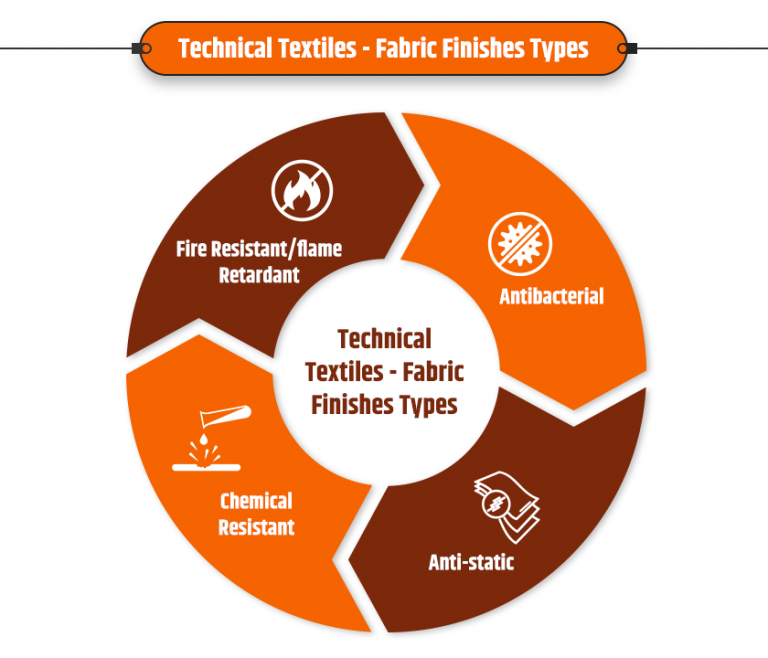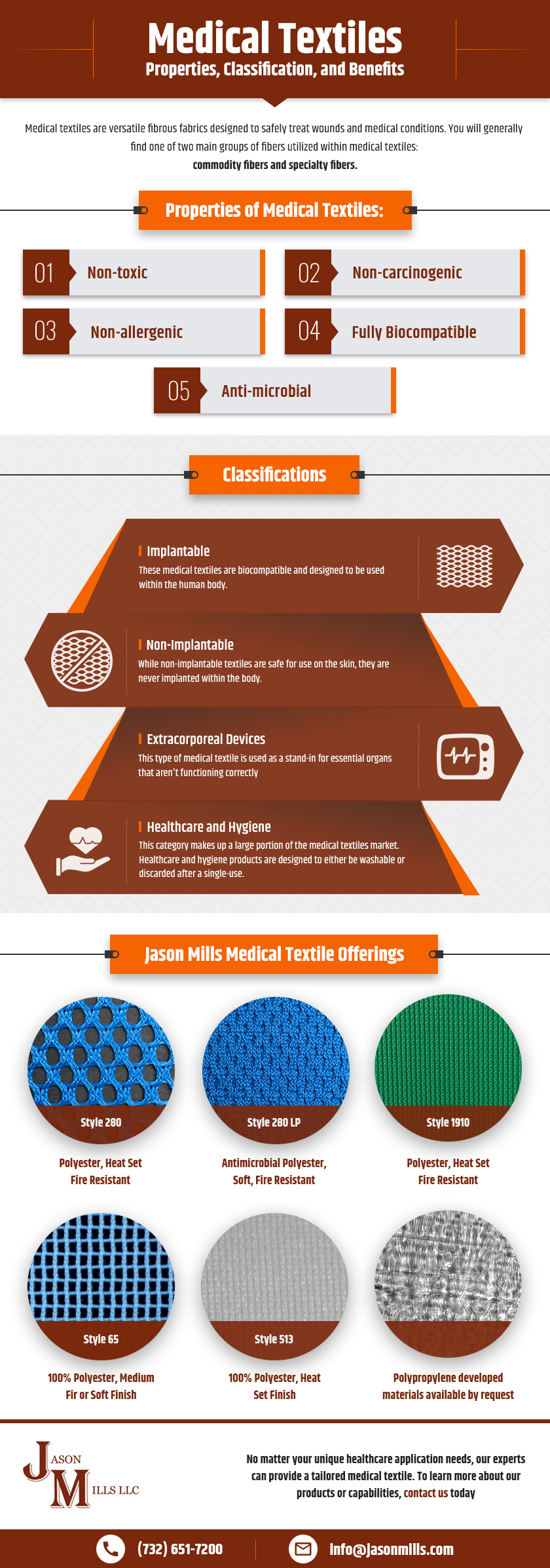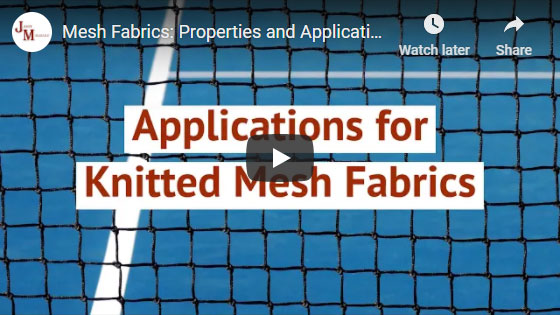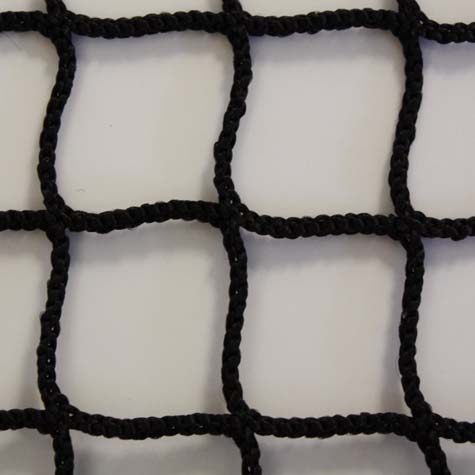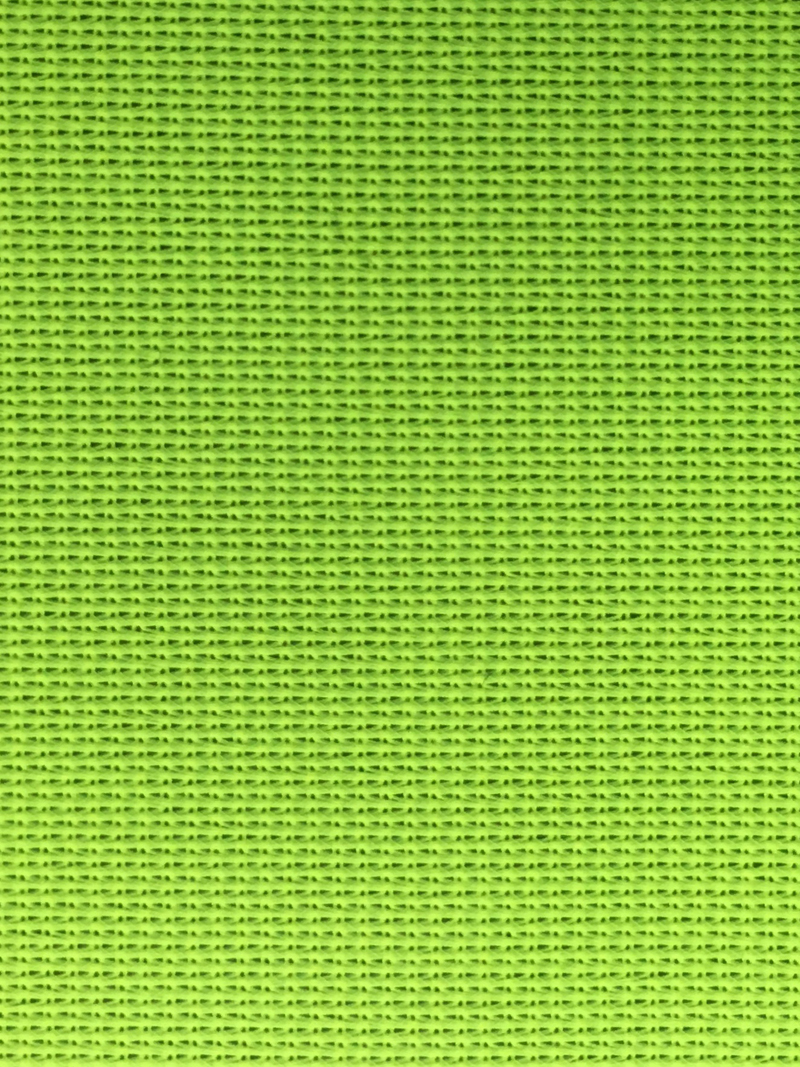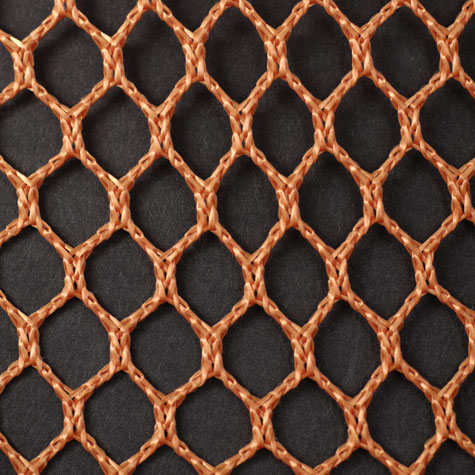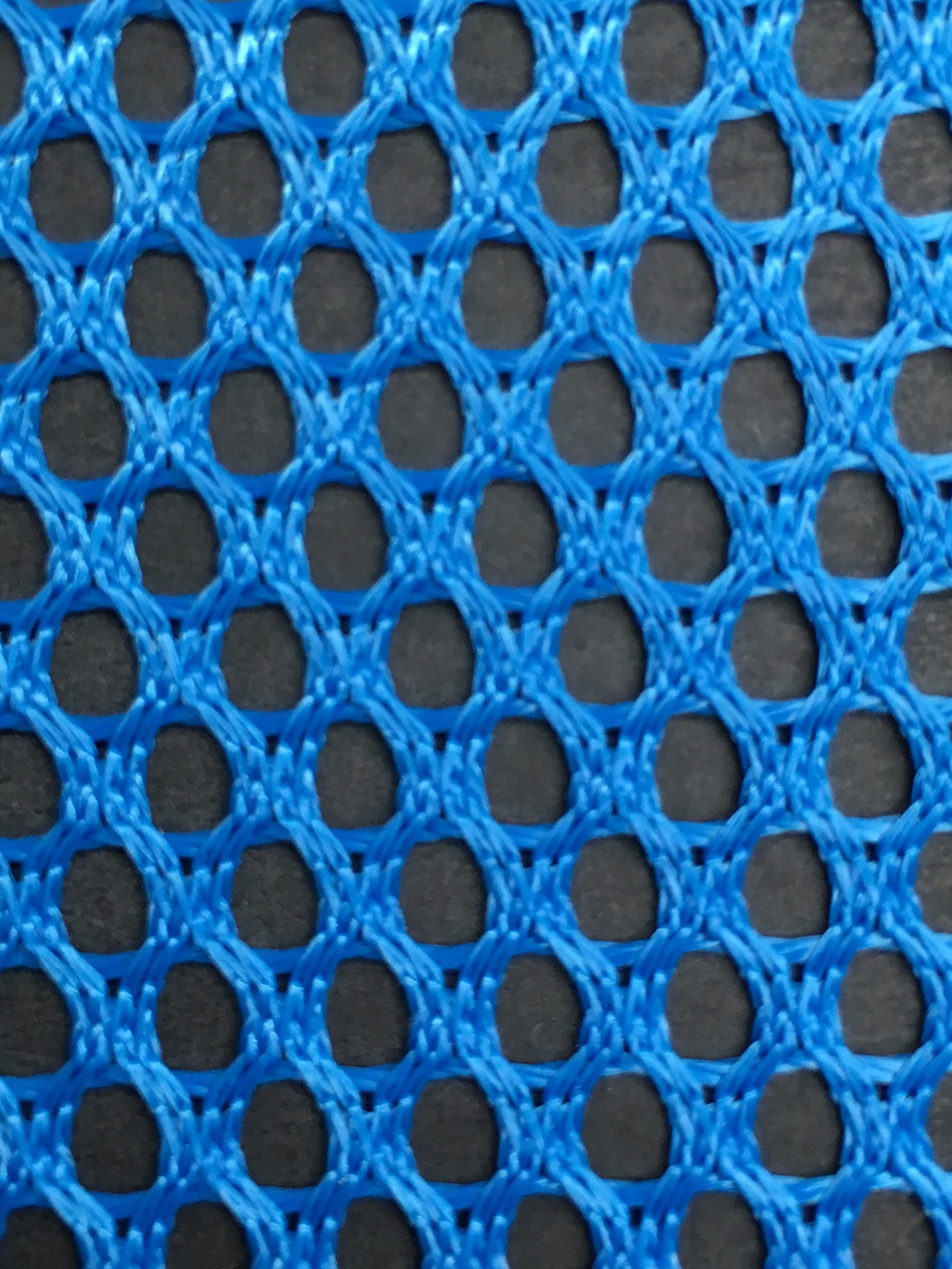Nylon Mesh Fabric: All You Need to Know
Leave a CommentAt Jason Mills LLC, we offer superior knitted mesh fabrics in a variety of weights, sizes, colors, and finishes. Our mesh fabric is comprised of polyester, nylon, or polypropylene fibers and yarns. Most materials are mesh in orientation for enhanced breathability. These fabrics are useful for a variety of applications including industrial, occupational safety, recreational, aeronautical, automotive, medical, and more.
Most of our fabrics are warp knits produced on both tricot and raschel machines. We also on occasion will manufacture circular knits. To understand the difference between these types of machines and the fabrics they produce you need to look no further than the yarn. Tricot styles are exemplified by finer yarns and higher needle counts per inch to produce lighter material and tighter construction. Raschel knitting employs larger industrial yarns for a heavier, rugged look and feel. The mesh itself can be thicker with a more open (mesh) construction. The knitting style used depends largely on the application for which the material is being manufactured. For example, the tricot knits are used to create fabric for lining, lightweight substrates, and fine mesh filters. Raschel is used in the manufacture of sports netting, cut resistant fabrics, golf simulator impact screens, and full-body patient slings.
Nylon Mesh Properties and Benefits
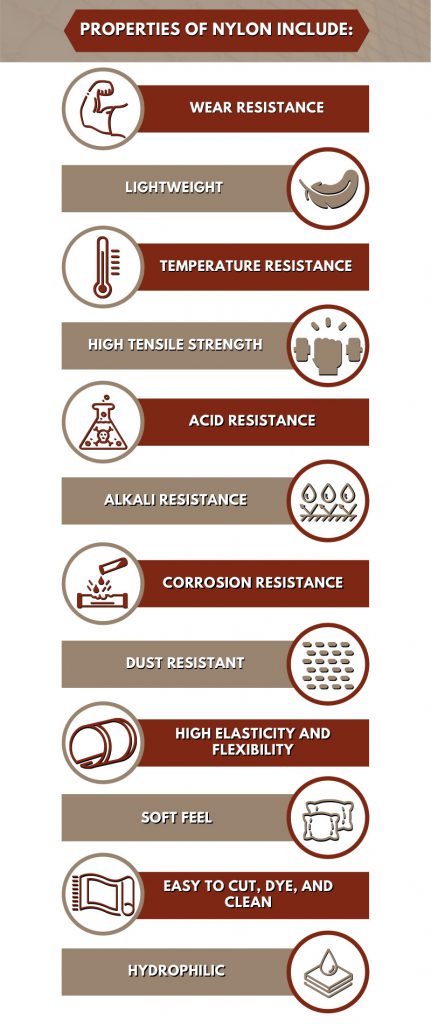
- Wear resistance
- Lightweight
- Temperature resistance
- High tensile strength
- Acid resistance
- Alkali resistance
- Corrosion resistance
- High elasticity and flexibility
- Easy to cut, dye, and clean
- Dust resistant
- Soft feel
- Hydrophilic
- Antimicrobial (when combined with silver ion fibers)
Knitted nylon mesh features construction with openings that can be round, rectangular, honeycomb, etc. Fabrics can range from thin, lightweight marquisettes like mosquito netting or shear drapes to thick and heavy durable materials such as automotive cargo nets and scrub pads.
Industrial Applications of Nylon mesh fabric
The unique properties of nylon mesh make it particularly useful for a range of industrial applications, including:
- Filtration: Nylon mesh screens for filters, mops, and squeegees
- Marine: Fishing nets, boat covers, and tarps
- Automotive: Filter screens, seat materials, substrates, mesh pockets, cargo netting
- Healthcare: Privacy curtains, slings, and braces, IV mesh support
- Recreational equipment: Safety harnesses, sports goals, and enclosure netting, shoes and sportswear
- Aerospace: Cargo nets, mesh passenger seat supports, and seat pouches
Nylon mesh can easily be manufactured with varying densities by adapting the sizes of spacing (by machine type) and yarn. It all depends on the needs of the application. In addition, nylon is easy to clean and highly chemically resistant, which gives it a particularly long service life. types Nylon can withstand moderately high heat (temperatures in the range of 340° F) making them particularly useful for industrial or safety applications.

Knitted Mesh Fabrics from Jason Mills
With more than 40 years of experience in the fabric and textile manufacturing industry, Jason Mills specializes in industrial fabrics, specialty textiles, apparel, and home furnishings. We maintain a sizable stock of more than 100 knitted mesh fabrics to meet every industrial need and offer customized manufacturing services for applications that entail unusual or specialized requirements. We have recently added innovative technical materials to our product line, including anti-microbial fabric, spacer mesh, fire-resistant textiles, and UV resistant textiles.
For more information on our high-quality knitted mesh fabrics, contact us today or request a quote.


